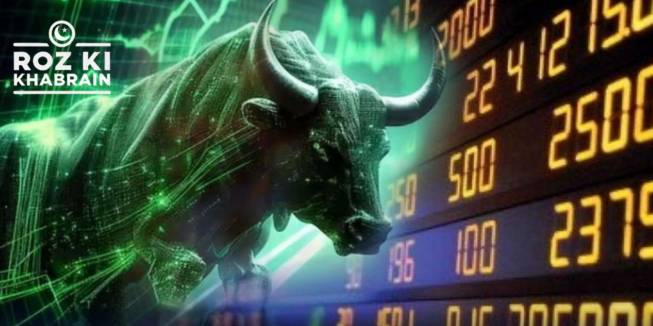The State Bank of Pakistan (SBP) reported that retail payments in the country grew by 8% in the first quarter of the fiscal year 2024-25 (Q1FY25), with digital payments witnessing a 9% quarterly increase.
The SBP’s Quarterly Payment Systems Review for Q1FY25 highlights significant progress toward a cashless and digitally inclusive economy in Pakistan. The report, covering the period from July to September 2024, shows strong growth in digital payment adoption, infrastructure development, and a gradual shift away from cash and paper-based transactions.
According to the SBP, retail payments in Pakistan during Q1FY25 grew by 8% in volume, totaling 1,951 million transactions worth PKR 136 trillion. Digital payments, both by volume and value, saw a 9% quarterly growth, reaching 1,699 million transactions amounting to PKR 36 trillion.
Related: Pakistan Records 84% Digital Payments in 2024
“Digital channels now handle 87% of retail payments by volume, reflecting increasing public confidence in digital transactions. Mobile banking apps, including those offered by Banks, MFBs, BBs, and EMIs, played a crucial role in this growth. These apps facilitated 1,301 million transactions worth PKR 19 trillion, showing an 11% rise in volume and 14% in value,” the SBP report noted.
The number of mobile banking app users also grew by 4%, reaching 96.5 million from 93.0 million in the previous quarter.
The review also pointed out the growing importance of e-commerce in Pakistan’s digital payment landscape, with a 29% increase in online e-commerce payments. Of the 118 million e-commerce transactions during the quarter, 91% were made through digital wallets, indicating a shift away from traditional card-based systems.
Additionally, the number of Point-of-Sale (POS) terminals expanded to 132,224, supporting 83 million transactions worth PKR 429 billion. The ATM network also grew to 19,170 units, enabling 243 million transactions worth PKR 3.9 trillion, continuing its essential role in cash withdrawals.




